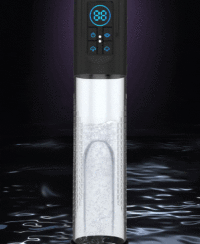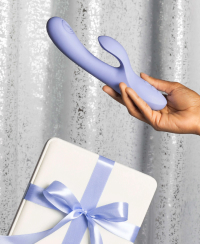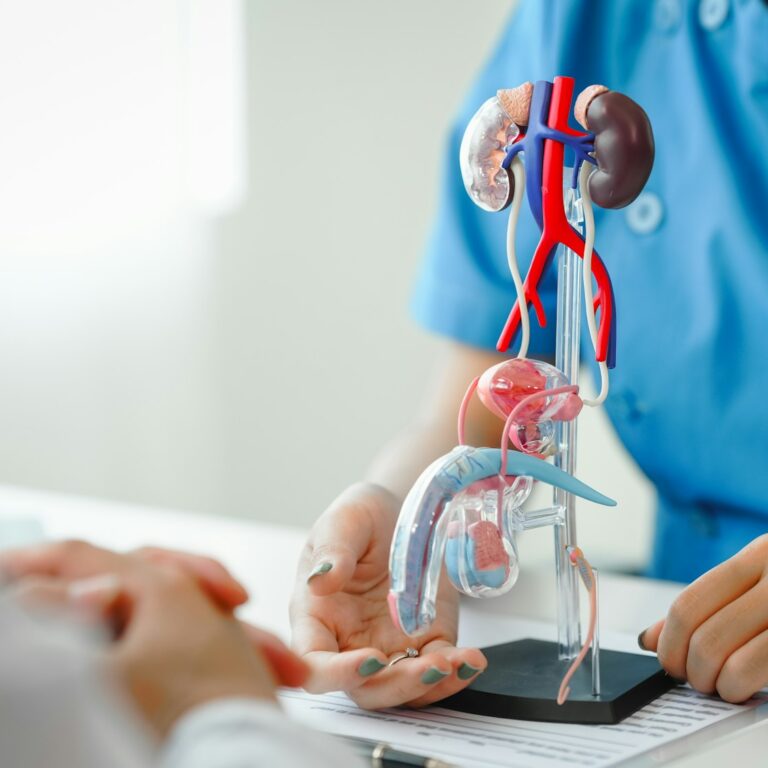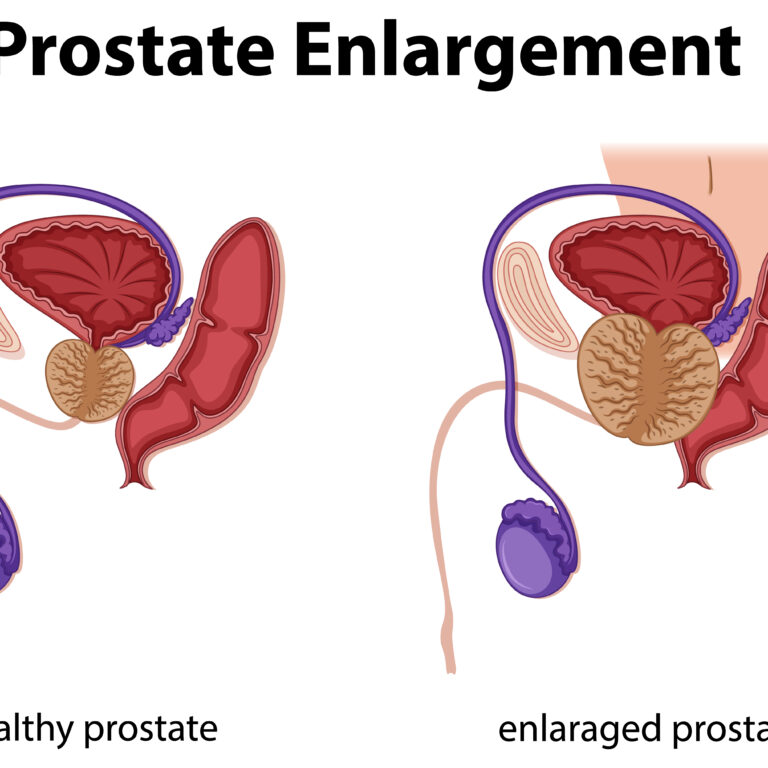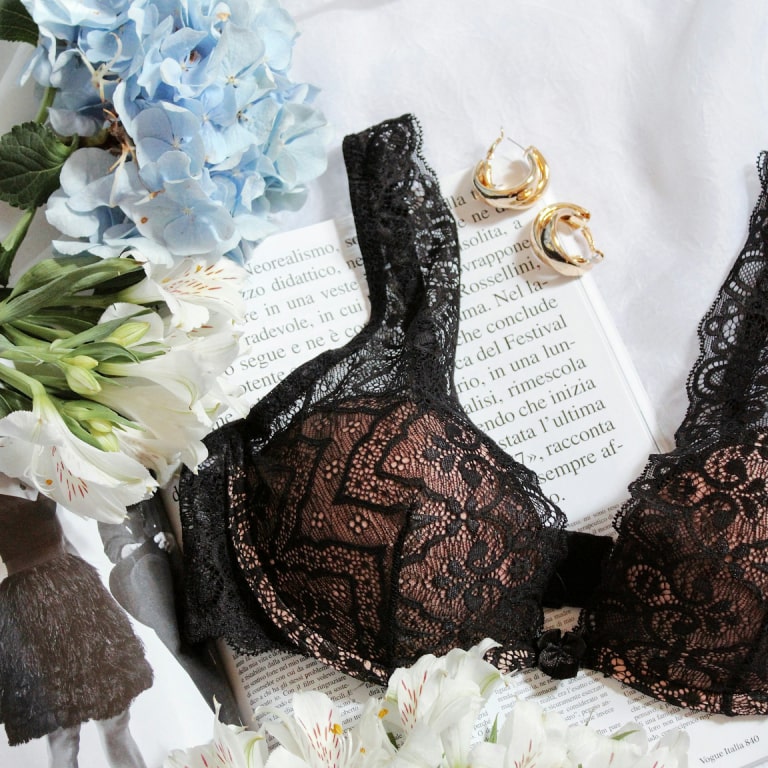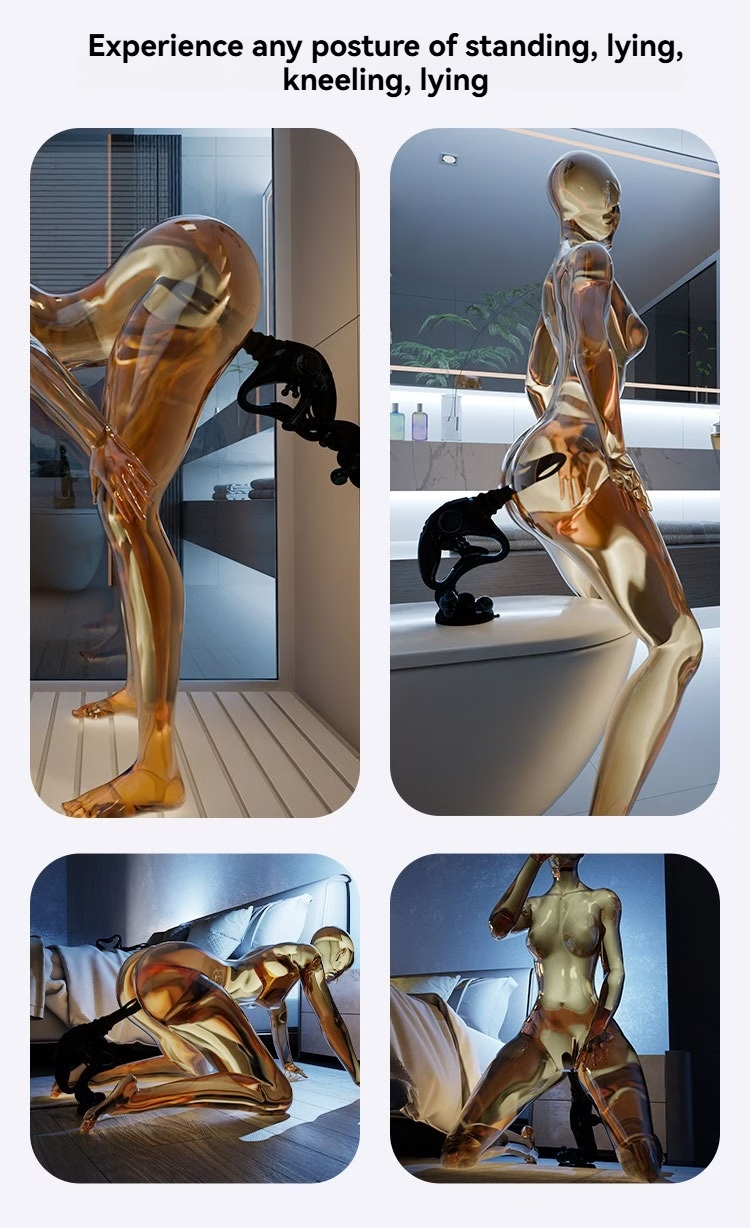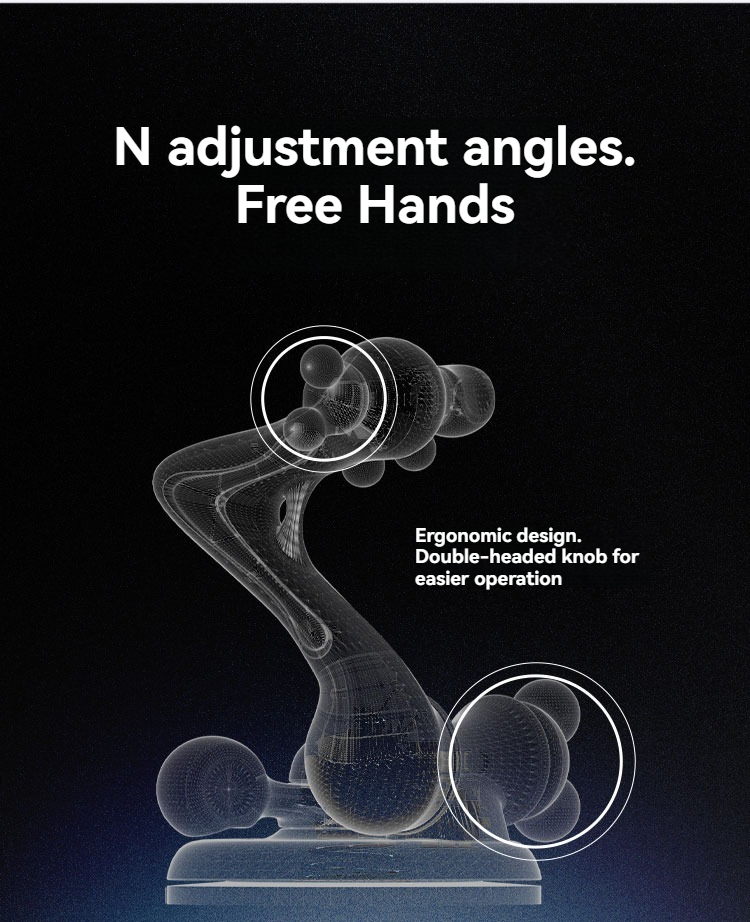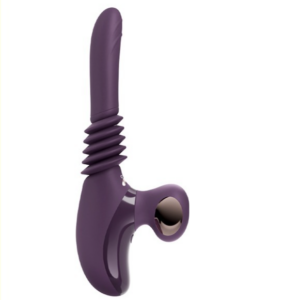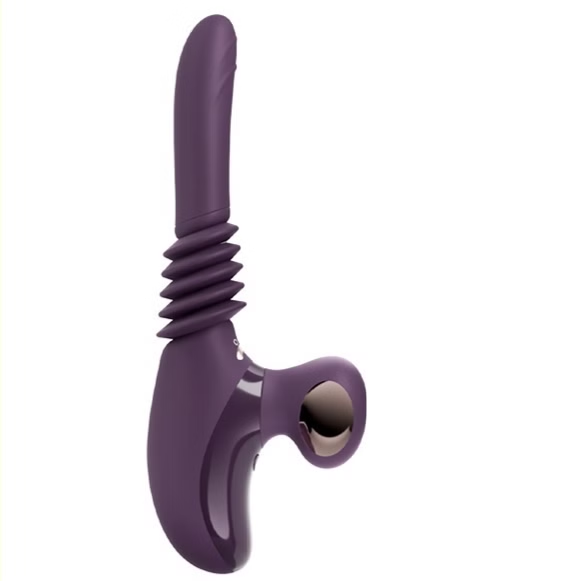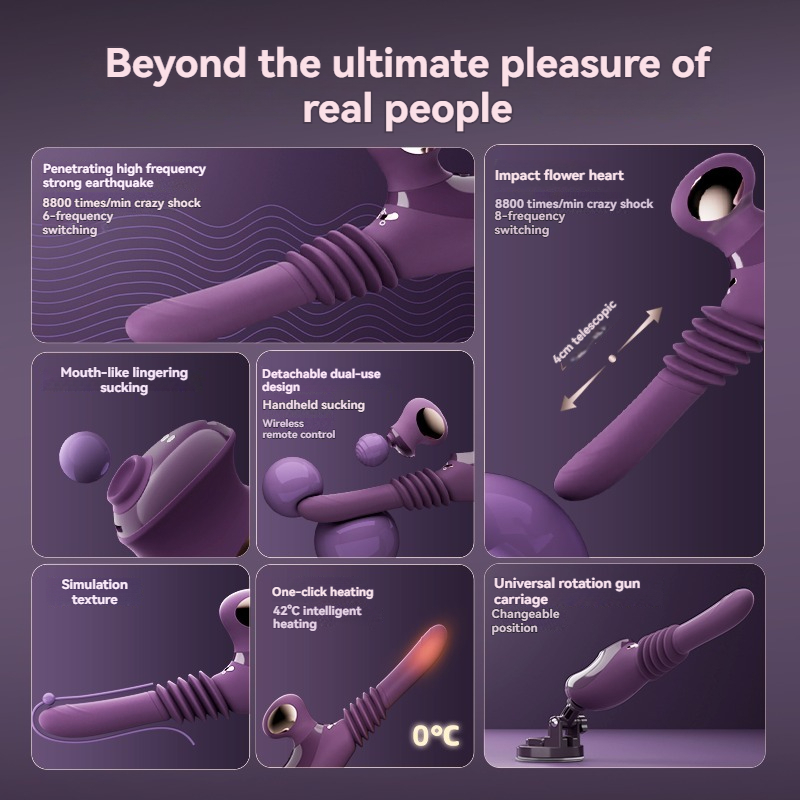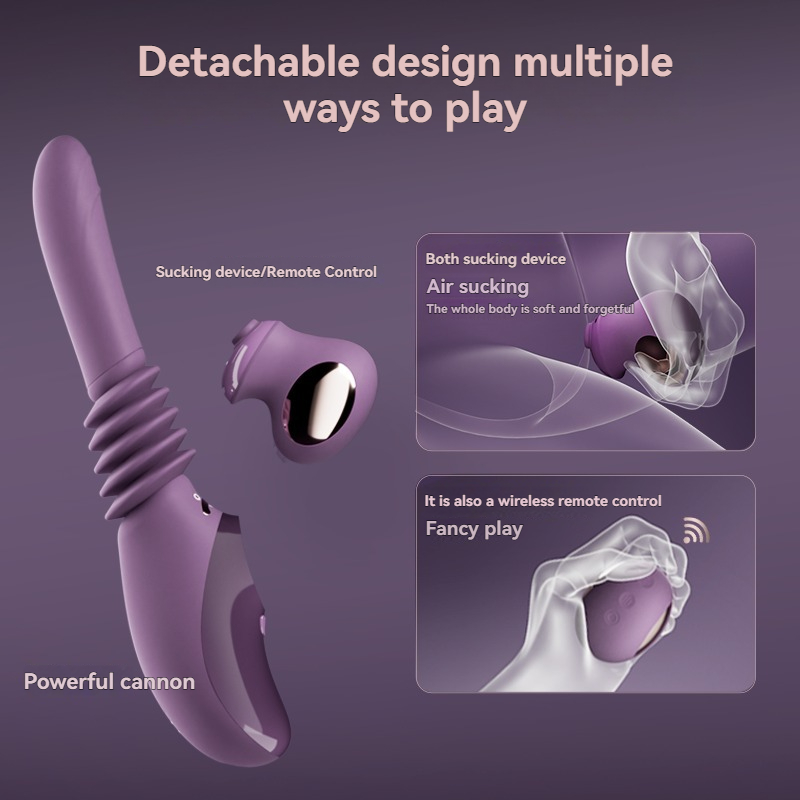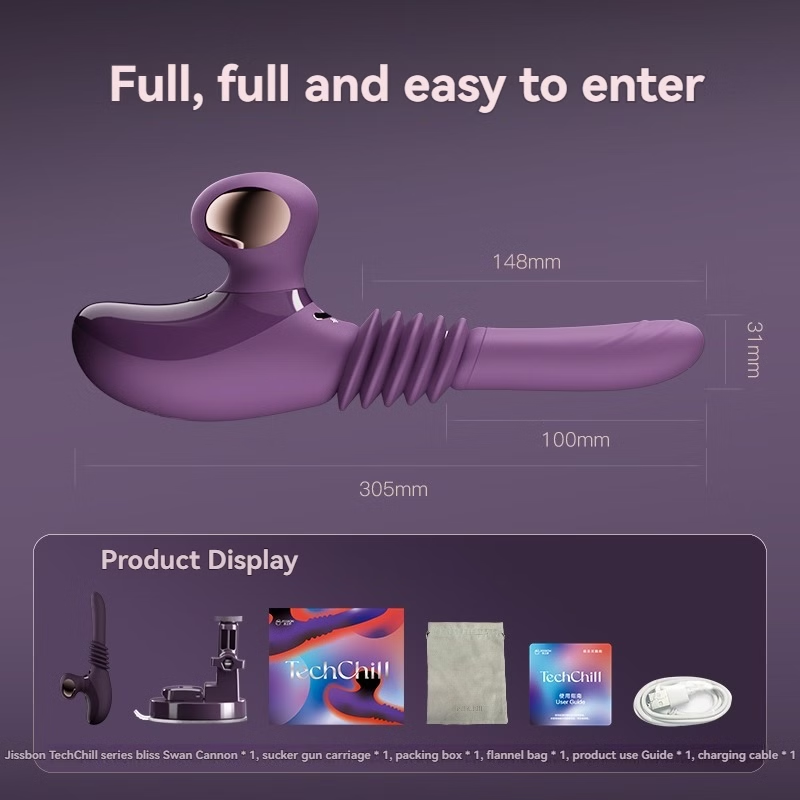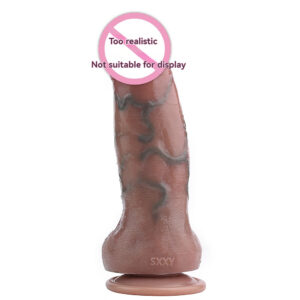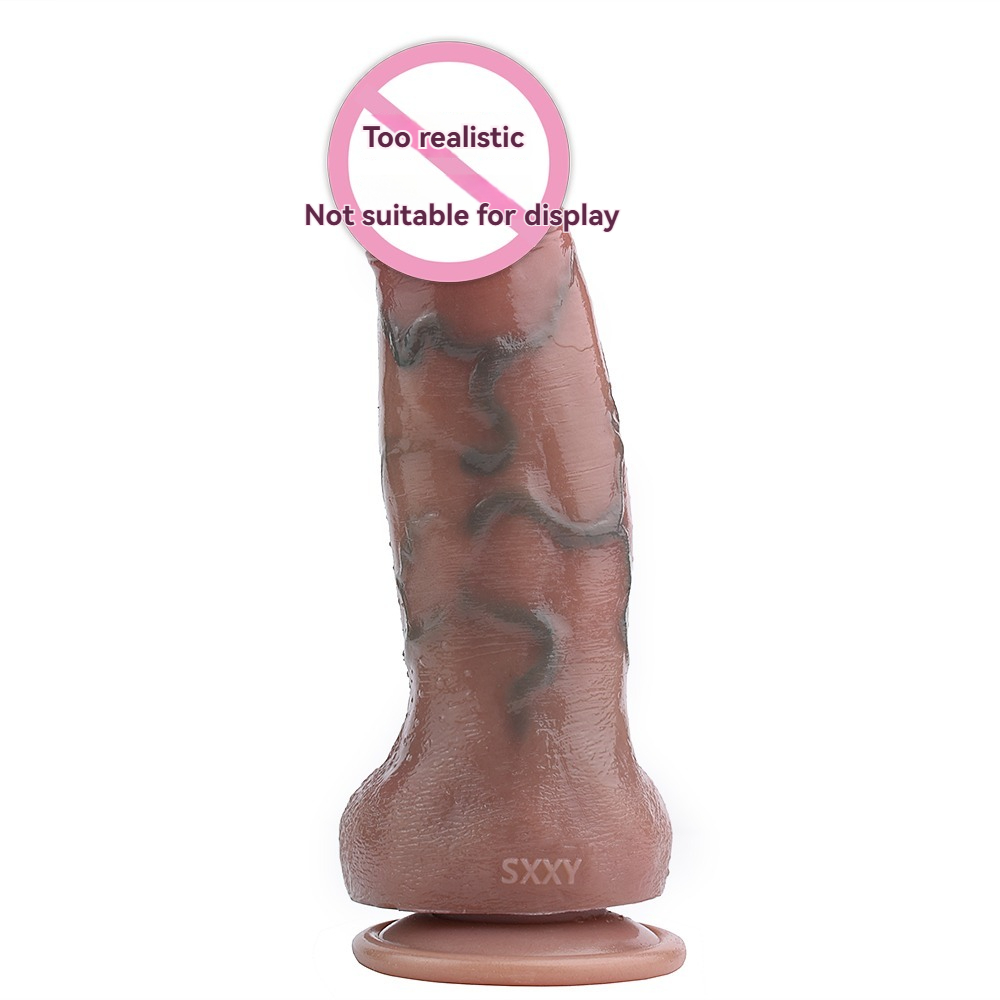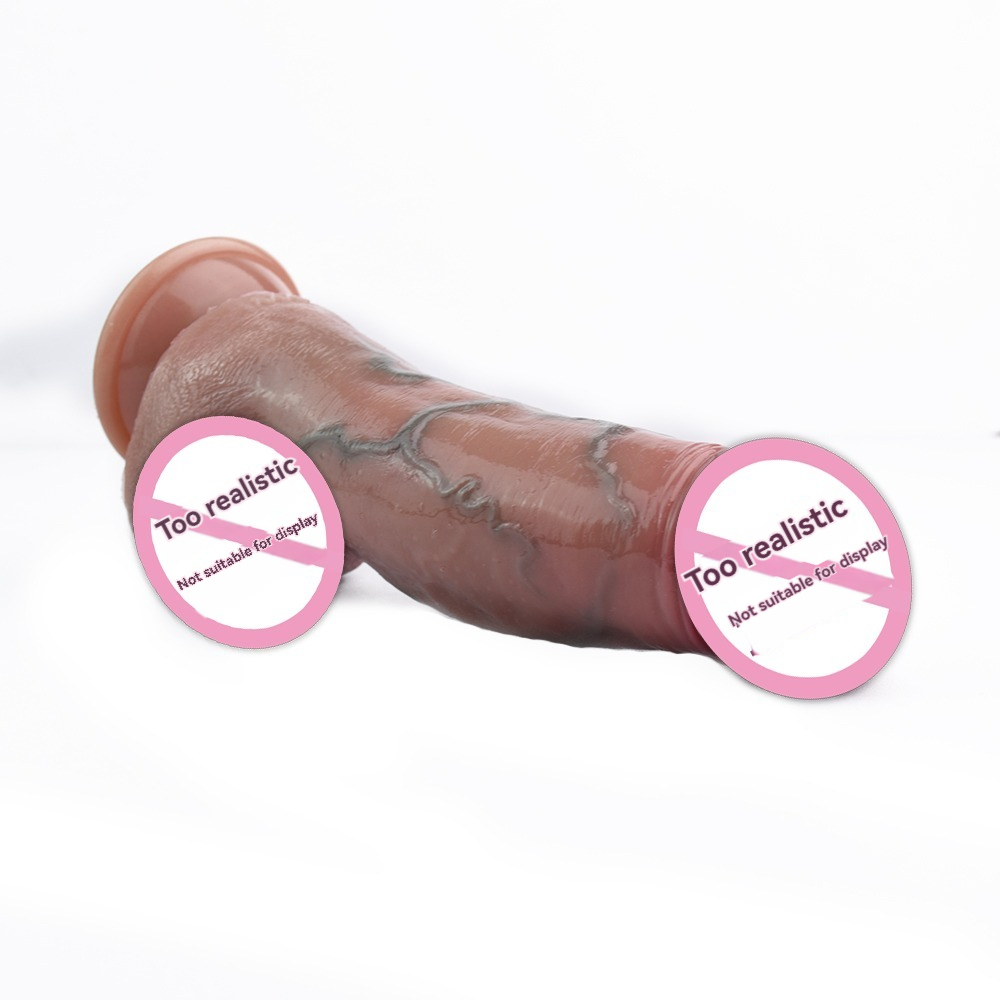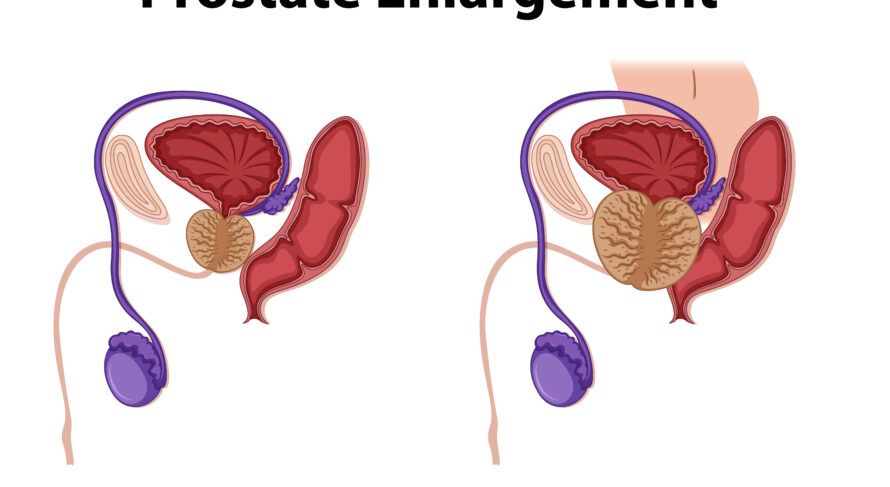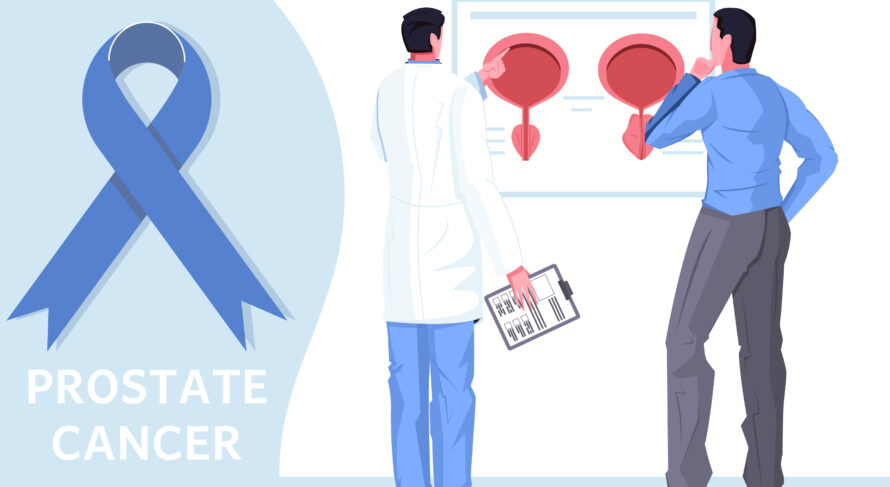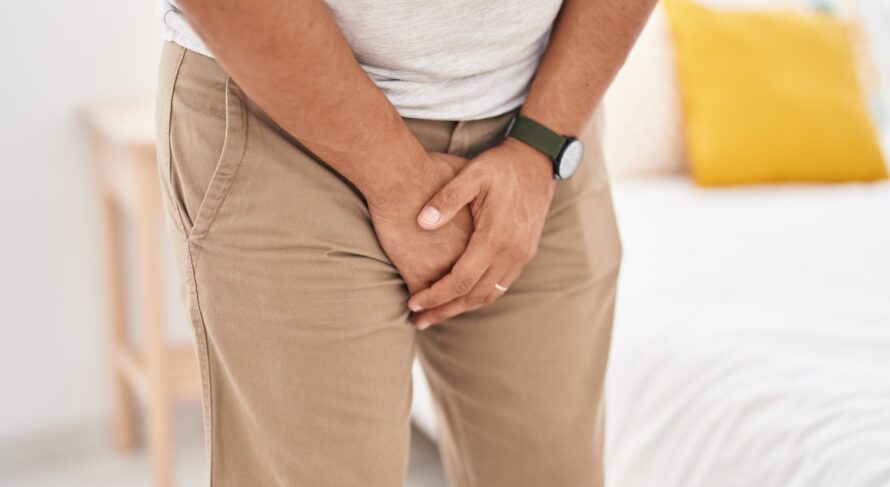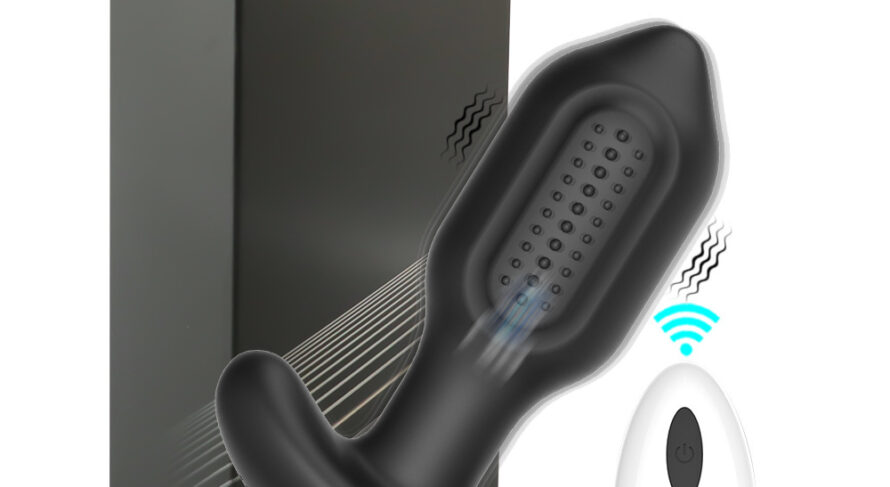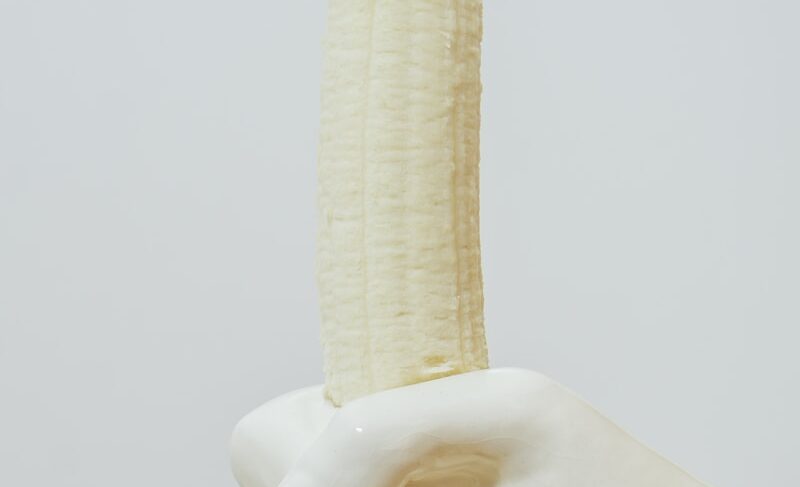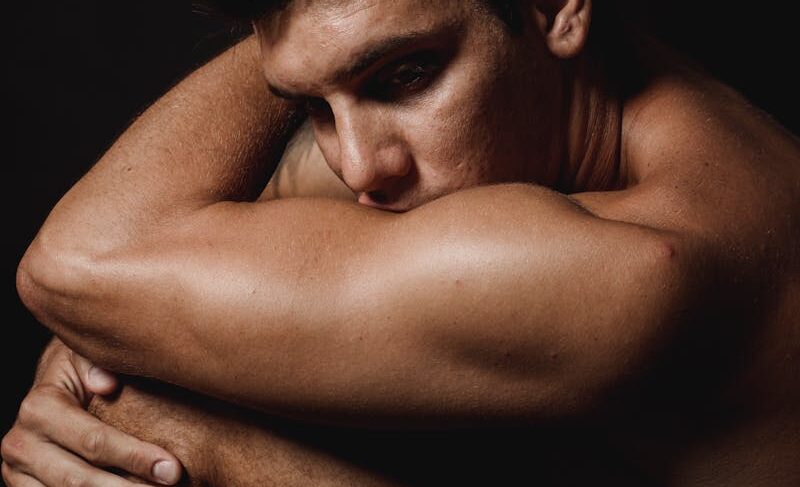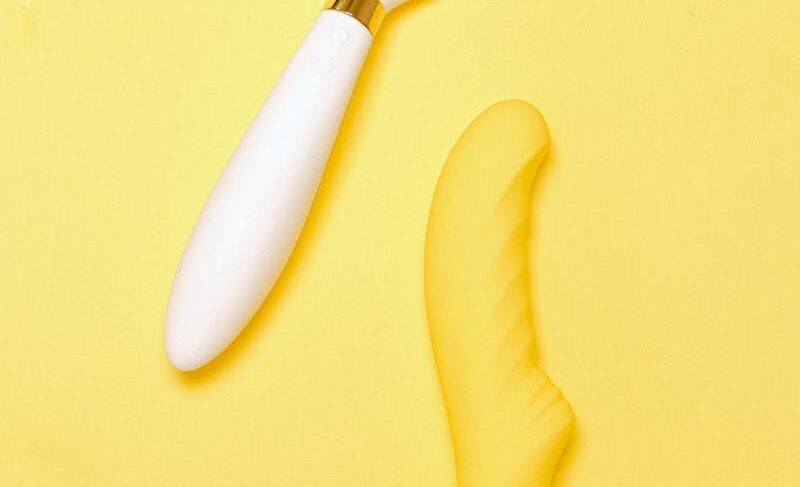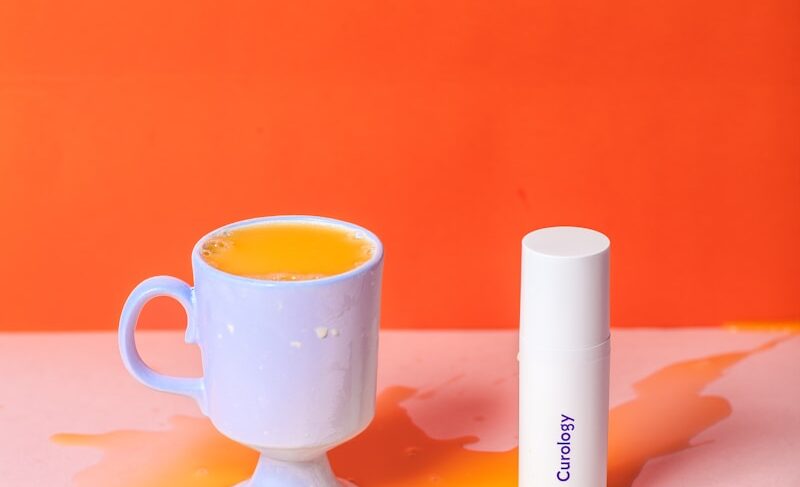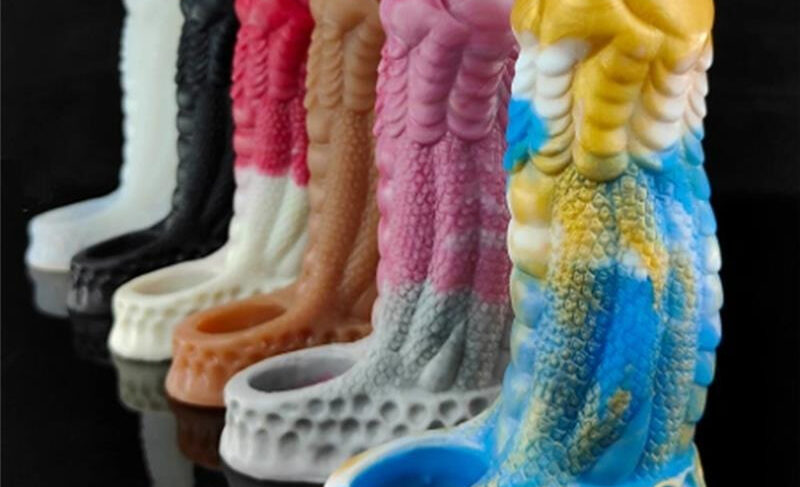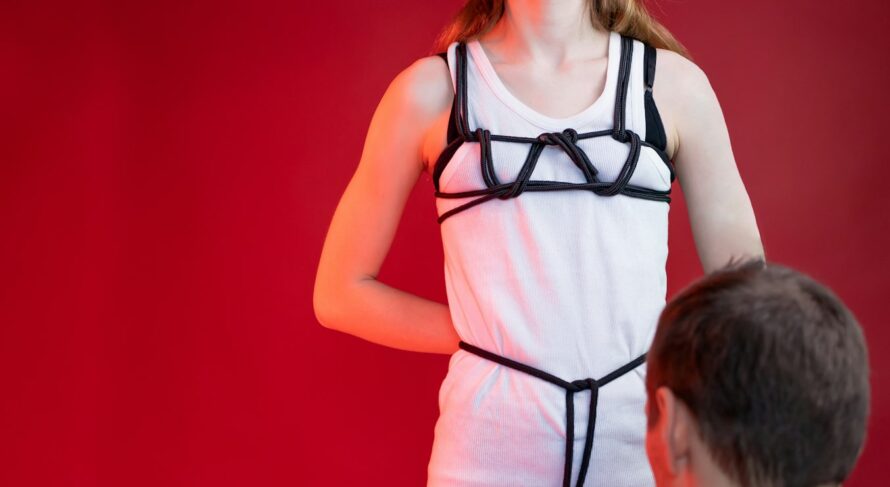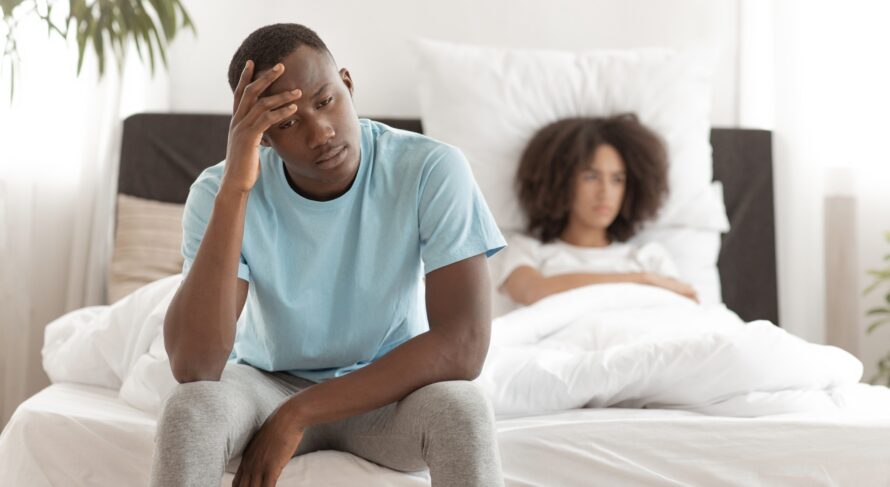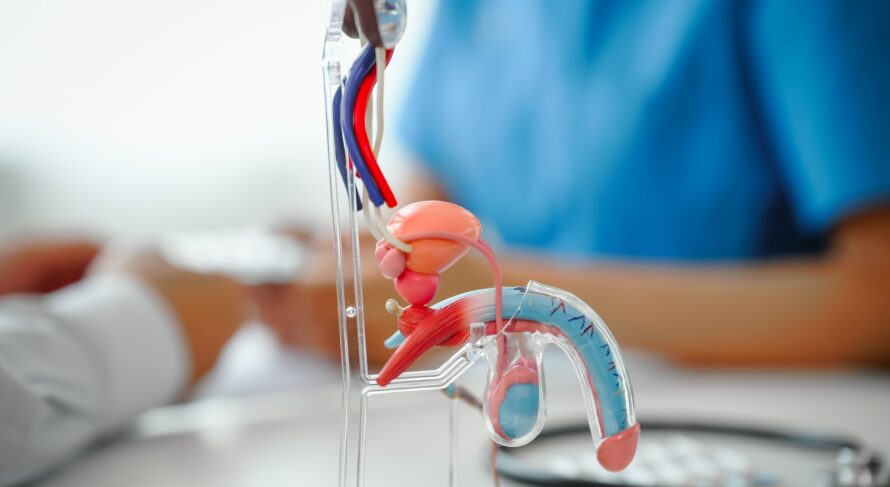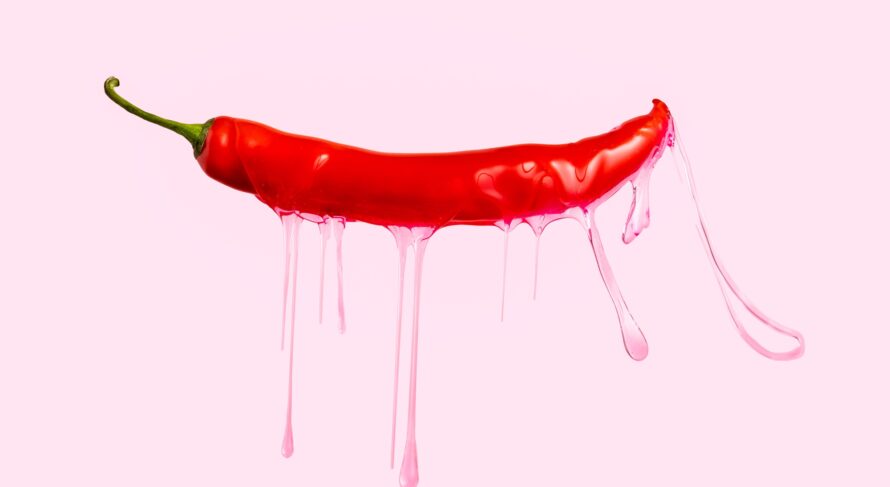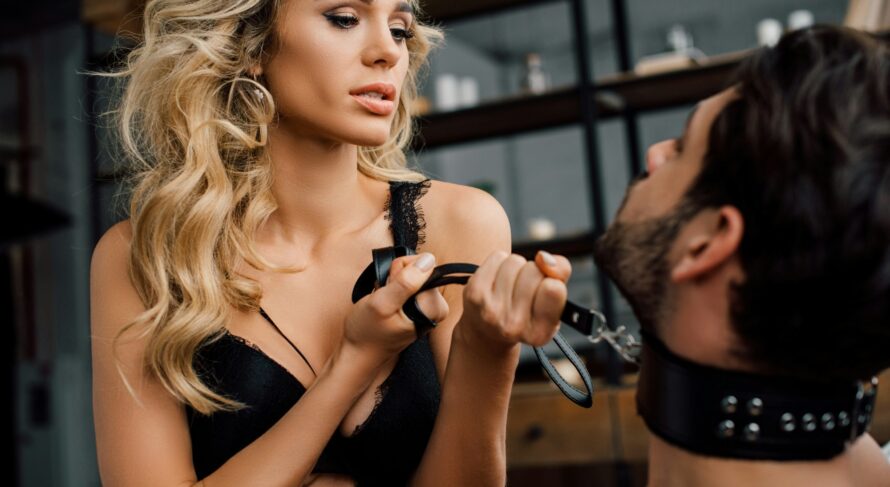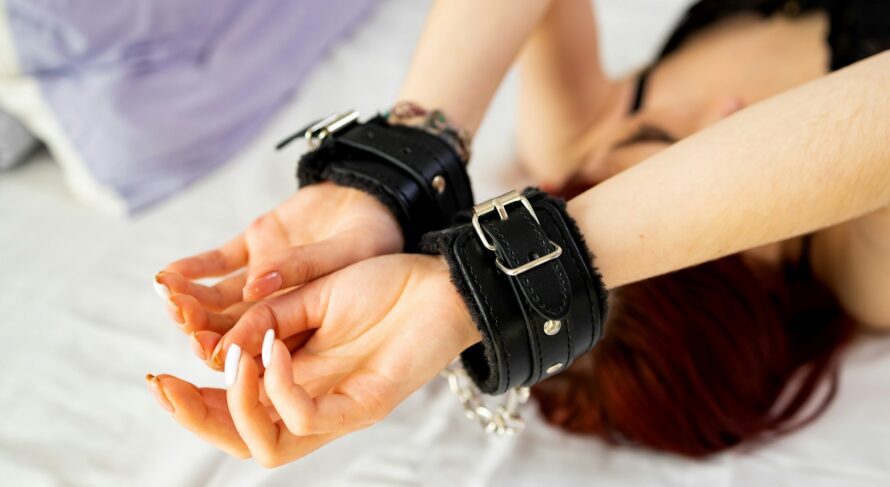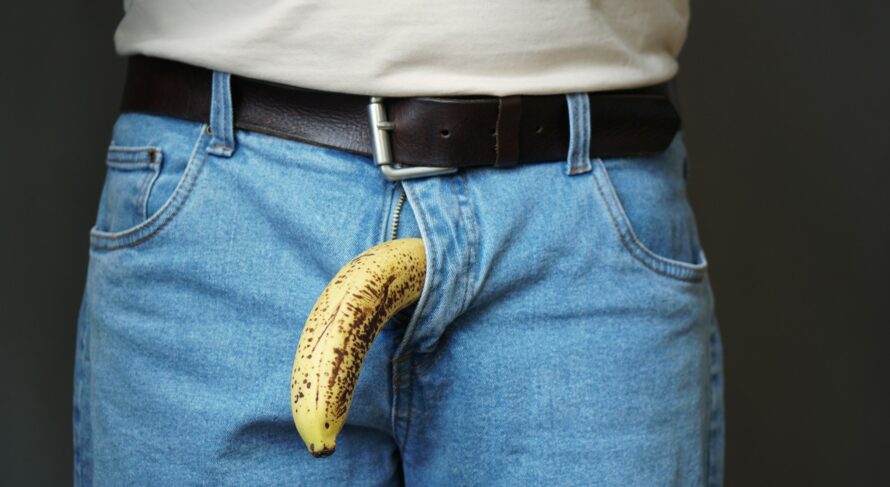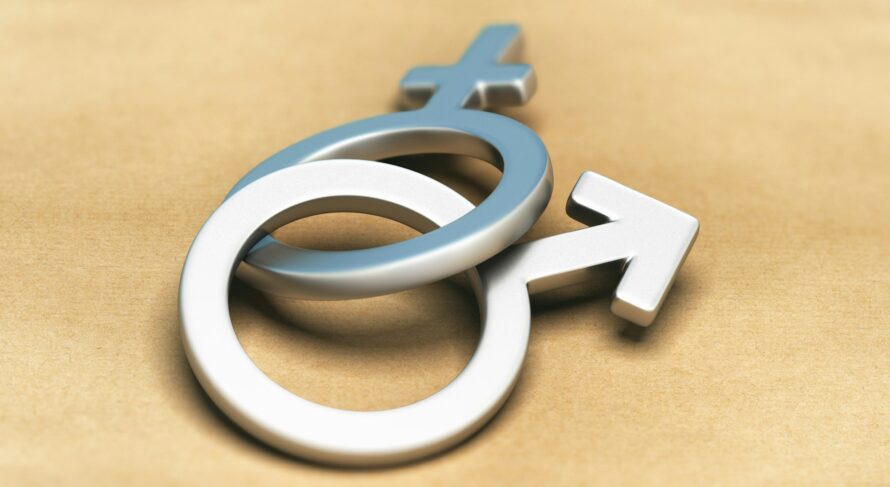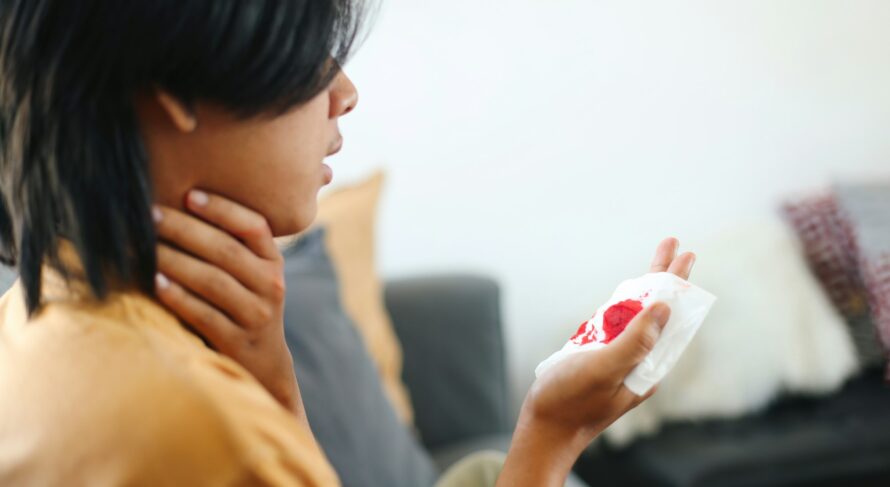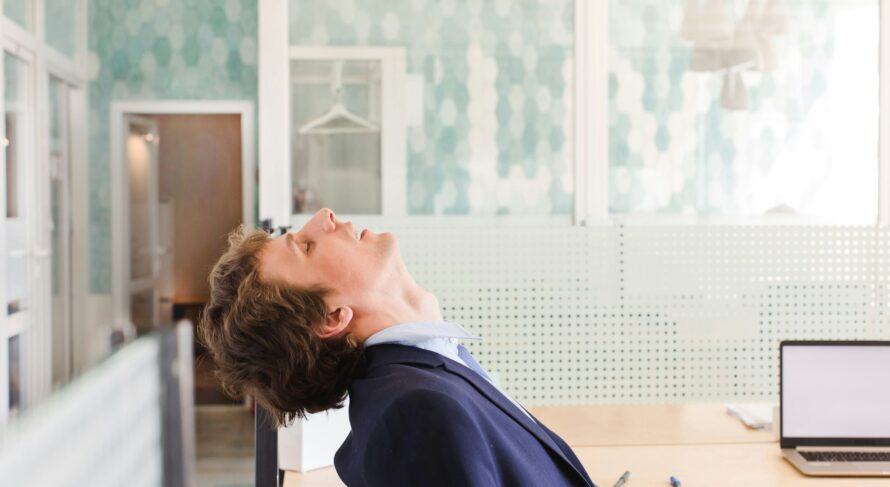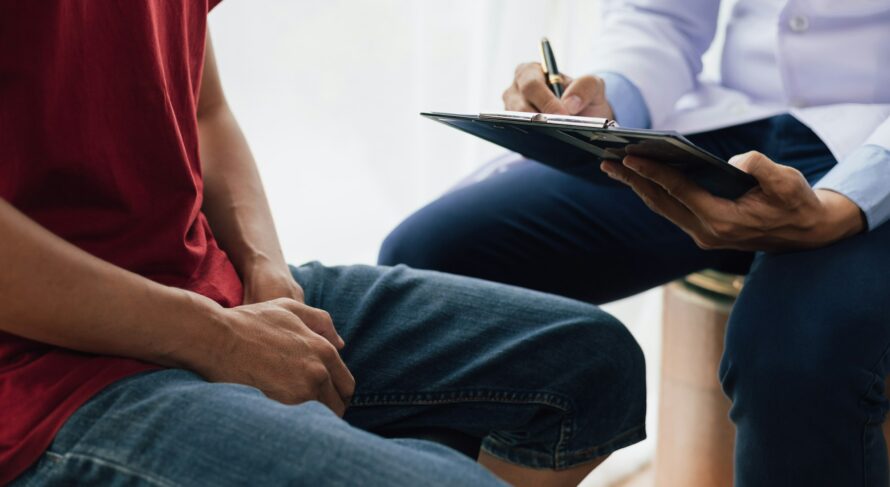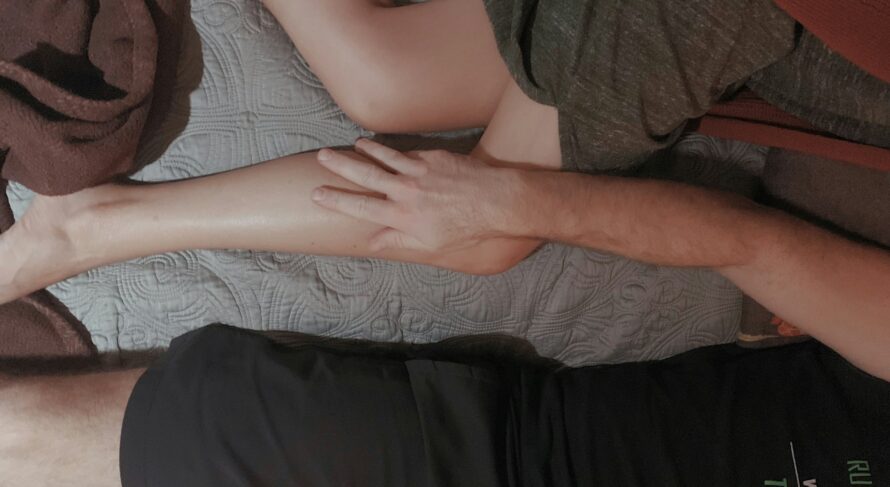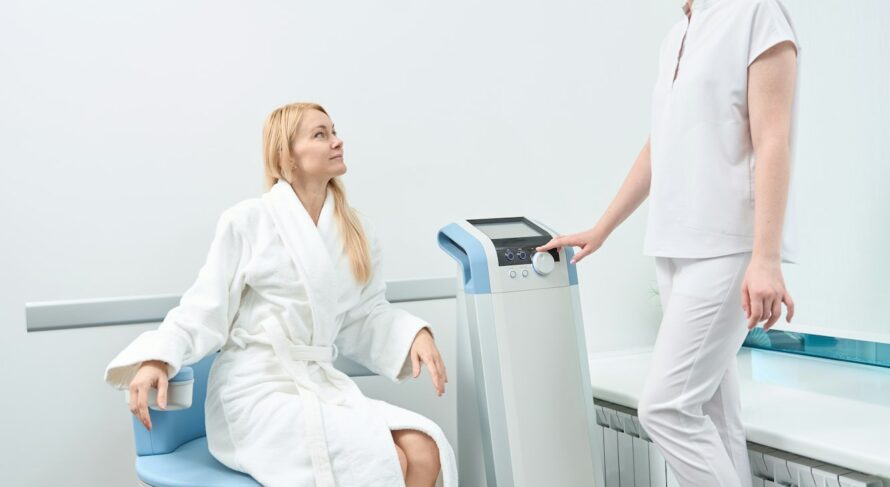Cognitive Behavioral Therapy for Overcoming Performance Anxiety in Men
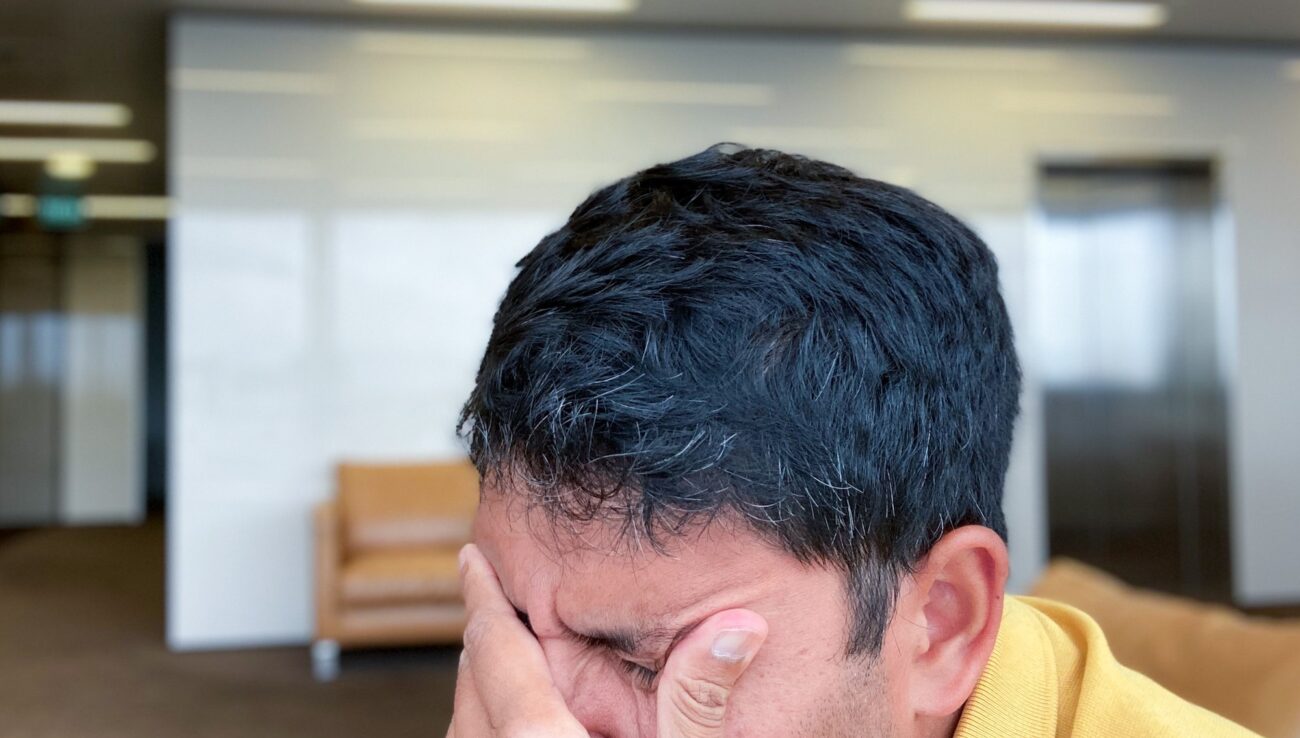
Key Takeaways-Cognitive Behavioral Therapy for Overcoming Performance Anxiety in Men
- Effectiveness of CBT: Cognitive Behavioral Therapy (CBT) is a highly effective, evidence-based treatment for performance anxiety in men, addressing both cognitive distortions and behavioral patterns.
- Structured Approach: CBT utilizes structured techniques such as cognitive restructuring, exposure therapy, and relaxation training to mitigate anxiety symptoms.
- Holistic Benefits: Beyond reducing performance anxiety, CBT enhances overall mental health, improves self-esteem, and fosters healthier relationships.
- Integration with Other Therapies: Combining CBT with other treatments, including the use of sex toys from SexToyForYou.com, can amplify therapeutic outcomes and promote sexual wellness.
- Accessible and Adaptable: CBT can be tailored to individual needs, making it accessible through various formats, including in-person therapy, online sessions, and self-help resources.
- Empowering Individuals: CBT empowers men to take an active role in their mental health by equipping them with practical skills to manage anxiety and improve performance confidence.
Table of Contents
- Introduction
- What is Cognitive Behavioral Therapy (CBT)?
- Understanding Performance Anxiety in Men
- How CBT Addresses Performance Anxiety
- Benefits of CBT for Performance Anxiety
- Case Studies
- Statistics on CBT and Performance Anxiety
- Visual Comparison: CBT Techniques for Performance Anxiety
- Integrating CBT with Other Therapies
- Practical Steps to Implement CBT
- FAQ
- Conclusion
- References
Introduction
Performance anxiety, particularly in the context of sexual activity, is a common concern among men that can significantly impact mental health, self-esteem, and intimate relationships. Cognitive Behavioral Therapy (CBT) has emerged as a leading evidence-based treatment for managing and overcoming performance anxiety. By addressing both the cognitive distortions and behavioral patterns that fuel anxiety, CBT offers a structured and effective approach to enhancing sexual wellness and overall mental well-being.
At SexToyForYou.com, we understand the challenges that performance anxiety presents and are committed to providing resources and tools that support men in their journey toward sexual confidence and mental health. This comprehensive guide explores the role of CBT in overcoming performance anxiety, detailing its methodologies, benefits, and integration with other therapeutic practices, including the use of sex toys to enhance therapeutic outcomes.
What is Cognitive Behavioral Therapy (CBT)?
Cognitive Behavioral Therapy (CBT) is a form of psychotherapy that focuses on identifying and modifying negative thought patterns and behaviors that contribute to emotional distress. Rooted in the principle that thoughts, feelings, and behaviors are interconnected, CBT aims to break the cycle of negative thinking to improve emotional regulation and develop personal coping strategies.
Key Components of CBT:
- Cognitive Restructuring: Identifying and challenging irrational or maladaptive thoughts.
- Behavioral Activation: Encouraging positive behaviors to counteract negative patterns.
- Exposure Therapy: Gradual exposure to feared situations to desensitize anxiety responses.
- Skill Development: Teaching coping mechanisms such as relaxation techniques and problem-solving skills.
CBT is highly structured, typically short-term, and goal-oriented, making it an effective treatment for various anxiety disorders, including performance anxiety in men.
Understanding Performance Anxiety in Men
Performance anxiety, often referred to as “erectile anxiety” or “sexual performance anxiety,” is the persistent fear or worry about one’s ability to perform sexually. This anxiety can manifest in several ways, including difficulty achieving or maintaining an erection, premature ejaculation, or an overall diminished sexual experience. Unlike general anxiety, performance anxiety is specific to sexual performance and can create a self-reinforcing cycle where fear of poor performance leads to actual performance issues, further exacerbating the anxiety.
Common Symptoms of Performance Anxiety:
- Physical Symptoms: Erectile dysfunction, premature ejaculation, increased heart rate, sweating, muscle tension.
- Emotional Symptoms: Fear of failure, reduced self-esteem, heightened anxiety, frustration.
- Behavioral Symptoms: Avoidance of sexual activity, withdrawal from intimate relationships, reliance on performance-enhancing aids.
Understanding the multifaceted nature of performance anxiety is crucial for effective treatment and management, with CBT offering a comprehensive approach to addressing both psychological and behavioral aspects.

How CBT Addresses Performance Anxiety
CBT employs a variety of techniques to help men overcome performance anxiety by targeting the underlying cognitive and behavioral factors that contribute to the condition. The therapy is typically conducted in a structured manner, with sessions focusing on specific goals and exercises designed to modify negative thought patterns and behaviors.
Cognitive Restructuring
Cognitive restructuring involves identifying, challenging, and replacing negative or distorted thoughts with more balanced and realistic ones. In the context of performance anxiety, this might include addressing beliefs such as “I must perform perfectly” or “If I fail, my partner will lose interest in me.”
Techniques:
- Thought Recording: Keeping a journal of anxious thoughts and the situations that trigger them.
- Socratic Questioning: Challenging the validity of negative thoughts by asking probing questions.
- Positive Affirmations: Replacing negative statements with positive, affirming ones.
Example: John, a 35-year-old marketing manager, believes that any sexual performance failure will lead to the end of his relationship. Through CBT, he learns to challenge this belief by recognizing evidence of his partner’s support and understanding, thereby reducing his anxiety.
Behavioral Techniques
CBT incorporates behavioral strategies to help men confront and overcome their fears related to sexual performance. These techniques focus on gradually exposing individuals to anxiety-provoking situations and reinforcing positive behaviors.
Techniques:
- Exposure Therapy: Gradual exposure to feared sexual situations to desensitize anxiety responses.
- Behavioral Activation: Encouraging engagement in sexual activities to break the cycle of avoidance.
- Role-Playing: Practicing sexual scenarios in a safe environment to build confidence.
Example: Michael, a 42-year-old software developer, avoids sexual activity due to fear of premature ejaculation. Through exposure therapy, he gradually engages in sexual encounters, initially focusing on non-penetrative activities to build confidence before progressing to more intimate forms.
Relaxation and Mindfulness
Incorporating relaxation and mindfulness techniques helps men manage physiological symptoms of anxiety and enhance emotional regulation during sexual activity.
Techniques:
- Deep Breathing Exercises: Reducing physical symptoms of anxiety through controlled breathing.
- Progressive Muscle Relaxation: Systematically tensing and relaxing muscle groups to alleviate tension.
- Mindfulness Meditation: Focusing on the present moment to reduce intrusive thoughts and increase awareness.
Example: Alex, a 40-year-old entrepreneur, practices deep breathing and mindfulness meditation before sexual activity to calm his mind and reduce anxiety, leading to improved sexual performance and satisfaction.
Benefits of CBT for Performance Anxiety
CBT offers numerous benefits for men struggling with performance anxiety, encompassing both immediate relief and long-term improvements in mental health and sexual well-being.
Reduction in Anxiety Symptoms
CBT effectively reduces the cognitive and physiological symptoms of performance anxiety by addressing the root causes and modifying maladaptive thought patterns.
Enhanced Self-Esteem and Confidence
By challenging negative beliefs and promoting positive self-perception, CBT helps men build self-esteem and confidence, which are crucial for overcoming performance anxiety.
Improved Sexual Performance
Through structured techniques and behavioral interventions, CBT enhances sexual performance by reducing anxiety-driven symptoms such as erectile dysfunction and premature ejaculation.
Strengthened Relationships
CBT fosters better communication and intimacy between partners, leading to stronger and more satisfying relationships.
Long-Term Mental Health Benefits
Beyond addressing performance anxiety, CBT contributes to overall mental well-being by equipping men with coping strategies to manage future stressors and anxieties.
Case Studies
Case Study 1: Overcoming Performance Anxiety with CBT
Background:
John, a 35-year-old marketing manager, began experiencing performance anxiety after a few years of marriage. Despite a supportive relationship, John developed fears about his sexual performance, leading to erectile dysfunction and reduced intimacy with his wife.
Intervention:
John sought help through CBT with a focus on cognitive restructuring and behavioral techniques. His therapist worked with him to identify and challenge his belief that any sexual failure would lead to the end of his relationship. Additionally, John engaged in exposure therapy, gradually reintroducing sexual activities in a controlled and supportive environment. To enhance his experience, John also incorporated sex toys from SexToyForYou.com, such as vibrating cock rings, to reduce performance pressure and increase mutual satisfaction.
Outcome:
After six months of consistent CBT sessions, John reported significant improvements in his anxiety levels and sexual performance. His ability to maintain an erection improved, and he felt more confident and relaxed during sexual activity. The use of sex toys further enhanced intimacy and communication with his wife, leading to a more fulfilling relationship.
Analysis:
John’s case demonstrates the effectiveness of CBT in addressing both the psychological and behavioral aspects of performance anxiety. The integration of sex toys provided additional support in managing anxiety and enhancing sexual experiences, highlighting the complementary role of sexual wellness tools in therapeutic interventions.
Case Study 2: Enhancing Sexual Wellness Through CBT and Sex Toys
Background:
Michael, a 42-year-old software developer, struggled with premature ejaculation and performance anxiety, which strained his long-term relationship. His anxiety led to avoidance of sexual activity, further diminishing intimacy and satisfaction for both partners.
Intervention:
Michael underwent CBT focusing on behavioral activation and mindfulness techniques. He practiced pelvic floor exercises to gain better control over ejaculation and utilized dual-action vibrators from SexToyForYou.com to provide additional stimulation and reduce performance pressure. His therapist also introduced relaxation techniques to help manage anxiety symptoms during sexual encounters.
Outcome:
Over nine months, Michael experienced a marked reduction in premature ejaculation and increased sexual satisfaction. His confidence in his sexual performance improved, and the use of sex toys enhanced mutual pleasure and intimacy with his partner. The combination of CBT and sexual wellness tools led to a healthier and more satisfying relationship.
Analysis:
Michael’s experience highlights how CBT, when combined with the strategic use of sex toys, can effectively address performance anxiety and improve sexual wellness. The holistic approach targeting both mental and physical aspects of anxiety provided comprehensive relief and enhanced relationship satisfaction.
Statistics on CBT and Performance Anxiety
- Effectiveness of CBT:
- A meta-analysis published in the Journal of Consulting and Clinical Psychology found that CBT is highly effective in reducing performance anxiety symptoms, with significant improvements observed in 70-80% of participants (Hofmann, Asnaani, Vonk, Sawyer, & Fang, 2012).
- Prevalence of Performance Anxiety:
- Approximately 15-20% of men experience performance anxiety at some point in their lives, with higher prevalence among younger men (Mayo Clinic, 2022).
- Impact on Erectile Dysfunction:
- Performance anxiety contributes to nearly 10-20% of erectile dysfunction cases, highlighting the significant role of psychological factors in sexual health (Baumeister, 2015).
- CBT vs. Other Therapies:
- Studies indicate that CBT is more effective than pharmacological treatments alone in managing performance anxiety, offering longer-lasting benefits (Hofmann et al., 2012).
- Sex Toy Usage and Mental Health:
- A survey by the Kinsey Institute (2020) found that 63% of men have used a sex toy at least once, with 75% reporting increased sexual satisfaction and improved mental health as a result (Mogilner & Prause, 2019).
- Relapse Rates:
- CBT has a lower relapse rate compared to other forms of therapy, with sustained improvements in anxiety symptoms observed up to a year post-treatment (Hofmann et al., 2012).
These statistics underscore the effectiveness of CBT in managing performance anxiety and its significant impact on men’s sexual health and mental well-being.
Visual Comparison: CBT Techniques for Performance Anxiety
Understanding the various CBT techniques and how they specifically address performance anxiety can aid in selecting the most appropriate strategies for individual needs. The table below provides a comparison of key CBT techniques used in managing performance anxiety in men.
| CBT Technique | Description | Application in Performance Anxiety | Benefits |
|---|---|---|---|
| Cognitive Restructuring | Identifying and challenging negative thought patterns | Addresses irrational beliefs about sexual performance | Reduces anxiety by promoting realistic thinking |
| Behavioral Activation | Encouraging engagement in positive activities | Reintroduces sexual activity to break avoidance behaviors | Enhances sexual confidence and reduces performance anxiety |
| Exposure Therapy | Gradual exposure to anxiety-provoking situations | Slowly reintroduces sexual activities to desensitize fear | Reduces fear response and increases comfort in sexual settings |
| Mindfulness Techniques | Focusing on present moment awareness | Helps manage intrusive thoughts and stay present during intimacy | Promotes relaxation and reduces performance pressure |
| Relaxation Training | Techniques to reduce physiological symptoms of anxiety | Uses deep breathing and progressive muscle relaxation during sexual activity | Lowers physical symptoms of anxiety, enhancing performance |
| Problem-Solving Skills | Developing strategies to overcome obstacles | Identifies and addresses barriers to satisfying sexual experiences | Empowers men to handle challenges proactively |
| Self-Monitoring | Tracking thoughts, feelings, and behaviors | Keeps track of anxiety triggers and responses during sexual activity | Enhances awareness and facilitates targeted interventions |
Table 1: CBT Techniques for Managing Performance Anxiety in Men
This table provides a clear overview of how different CBT techniques are utilized to address performance anxiety, highlighting their applications and benefits in a therapeutic context.

Integrating CBT with Other Therapies
While CBT is highly effective on its own, integrating it with other therapeutic approaches can enhance outcomes and provide a more comprehensive treatment plan for performance anxiety in men.
Medication
In some cases, healthcare professionals may prescribe medications such as selective serotonin reuptake inhibitors (SSRIs) or phosphodiesterase-5 inhibitors (e.g., Viagra) to manage symptoms of performance anxiety and erectile dysfunction. Combining medication with CBT can provide both immediate symptom relief and long-term cognitive and behavioral changes.
Mindfulness-Based Therapies
Incorporating mindfulness-based strategies with CBT can enhance emotional regulation and reduce intrusive thoughts. Techniques such as mindfulness meditation and acceptance and commitment therapy (ACT) complement CBT by promoting present-moment awareness and reducing reactivity to anxiety-provoking thoughts.
Group Therapy
Participating in group therapy sessions can provide men with a supportive environment to share experiences and learn from others facing similar challenges. Group CBT can foster a sense of community and reduce feelings of isolation associated with performance anxiety.
Use of Sex Toys
Sex toys can be integrated into CBT-based interventions to reduce performance pressure and enhance mutual satisfaction. Tools such as vibrating cock rings, dual-action vibrators, and prostate massagers from SexToyForYou.com can help men experience sexual activity without the sole focus on performance, thereby alleviating anxiety and promoting positive sexual experiences.
Example: Sarah and Tom incorporated a dual-action vibrator into their CBT sessions, which helped Tom reduce his performance anxiety by shifting the focus to mutual pleasure and enhancing their intimacy.
Complementary Therapies
Other complementary therapies, such as yoga, acupuncture, and aromatherapy, can be combined with CBT to address performance anxiety holistically. These therapies can help reduce overall stress levels, improve relaxation, and support mental well-being.
Practical Steps to Implement CBT
Implementing CBT techniques to overcome performance anxiety involves a structured and consistent approach. Here are practical steps men can take to integrate CBT into their lives effectively:
1. Seek Professional Guidance
Engaging with a trained CBT therapist is essential for personalized treatment. A professional can guide you through the various techniques and tailor the therapy to your specific needs and challenges.
Example: John consulted a licensed CBT therapist who specialized in sexual health, ensuring that his treatment plan was specifically designed to address his performance anxiety.
2. Identify Negative Thought Patterns
Begin by recognizing and documenting the negative thoughts and beliefs that contribute to your anxiety. Understanding these cognitive distortions is the first step toward changing them.
Example: Michael kept a thought journal to track instances of negative self-talk related to his sexual performance, which helped him identify recurring patterns of irrational beliefs.
3. Challenge and Replace Negative Thoughts
Use cognitive restructuring techniques to question the validity of negative thoughts and replace them with more balanced and realistic ones.
Example: John learned to challenge his belief that any sexual failure would lead to his partner leaving him, recognizing evidence of his partner’s support and understanding.
4. Gradual Exposure to Sexual Activity
Gradually reintroduce sexual activities in a controlled and supportive environment to desensitize anxiety responses. Start with less anxiety-provoking activities and progressively move towards more intimate ones.
Example: Michael began with non-penetrative activities, gradually progressing to more intimate forms of sexual interaction as his anxiety levels decreased.
5. Incorporate Relaxation Techniques
Practice relaxation and mindfulness techniques regularly to manage physiological symptoms of anxiety. Techniques such as deep breathing, progressive muscle relaxation, and mindfulness meditation can help reduce anxiety levels during sexual activity.
Example: Alex incorporated deep breathing exercises before and during sexual encounters, helping him stay calm and focused.
6. Utilize Sex Toys as Therapeutic Tools
Incorporate sex toys from SexToyForYou.com to enhance sexual experiences and reduce performance pressure. Using tools like vibrating cock rings or dual-action vibrators can provide additional stimulation and shift the focus from performance to mutual pleasure.
Example: Jake uses a vibrating cock ring to help maintain his erection and provide his partner with additional stimulation, reducing his performance anxiety and enhancing their sexual satisfaction.
7. Practice Self-Compassion and Patience
Overcoming performance anxiety is a gradual process that requires patience and self-compassion. Acknowledge your progress and be kind to yourself during setbacks.
Example: John practiced self-compassion by celebrating small victories in his therapy sessions and not dwelling on occasional setbacks.
8. Engage in Continuous Self-Monitoring
Regularly assess your progress by tracking changes in your anxiety levels, sexual performance, and overall well-being. Adjust your CBT strategies as needed in consultation with your therapist.
Example: Michael used a self-monitoring app to track his anxiety levels and sexual performance, allowing him and his therapist to adjust his treatment plan accordingly.
FAQ
1. How Long Does CBT Take to Effectively Reduce Performance Anxiety?
Answer: The duration of CBT for performance anxiety can vary depending on the severity of the anxiety, individual progress, and the specific techniques used. Typically, CBT is a short-term therapy, ranging from 8 to 20 sessions. Some individuals may experience significant improvements within a few months, while others may require longer-term therapy to address deeper-rooted issues.
Supporting Information:
- Short-Term Effectiveness: Research indicates that CBT can produce substantial reductions in anxiety symptoms within 8-12 weeks (Hofmann, Asnaani, Vonk, Sawyer, & Fang, 2012).
- Individual Differences: Factors such as motivation, engagement in therapy, and support systems can influence the length and effectiveness of CBT.
Example: John completed a 12-week CBT program, during which he experienced significant reductions in performance anxiety and improvements in sexual confidence.
Additional Resources: For more information on CBT duration, visit the American Psychological Association’s guide on CBT.
2. Can I Practice CBT Techniques on My Own?
Answer: Yes, certain CBT techniques can be practiced independently, especially those related to cognitive restructuring, self-monitoring, and relaxation exercises. However, guided CBT with a trained therapist is recommended for comprehensive treatment and personalized support.
Supporting Information:
- Self-Help Resources: Books, online courses, and apps can provide structured guidance on CBT techniques (Beck, 2011).
- Limitations: Self-guided CBT may lack the personalized feedback and accountability that a therapist provides, potentially limiting its effectiveness for more severe cases.
Example: Michael utilized CBT self-help books and online resources to supplement his therapy sessions, reinforcing the techniques learned with his therapist.
Additional Resources: Explore self-help CBT resources at Beck Institute’s CBT resources.
3. How Do Sex Toys Complement CBT in Managing Performance Anxiety?
Answer: Sex toys can enhance CBT by providing practical tools to reduce performance pressure and facilitate positive sexual experiences. They can help men focus on mutual pleasure rather than solely on performance, thereby reducing anxiety and building confidence.
Supporting Information:
- Reducing Performance Pressure: Sex toys shift the focus from achieving a specific performance outcome to enjoying the sexual experience together (Baumeister, 2015).
- Enhancing Mutual Satisfaction: Using sex toys can improve sexual satisfaction for both partners, fostering a supportive and intimate environment conducive to reducing anxiety (Georgiadis & Kringelbach, 2012).
- Facilitating Communication: Introducing sex toys encourages open dialogue about sexual preferences and boundaries, strengthening relationship communication and support.
Example: Sarah and Tom incorporated a dual-action vibrator from SexToyForYou.com into their CBT sessions, which helped Tom reduce his performance anxiety by shifting the focus to mutual pleasure and enhancing their intimacy.
Additional Resources: Learn more about the benefits of sex toys in therapy at Sexual Wellness Resource Center.
4. What Should I Look for in a CBT Therapist?
Answer: When selecting a CBT therapist for performance anxiety, consider the following factors:
- Qualifications and Credentials: Ensure the therapist is licensed and has specialized training in CBT and sexual health.
- Experience: Look for a therapist with experience in treating performance anxiety and working with men.
- Approach and Compatibility: Choose a therapist whose approach aligns with your preferences and with whom you feel comfortable.
- Availability: Ensure the therapist’s schedule and location are convenient for you.
- References and Reviews: Seek recommendations or read reviews to gauge the therapist’s effectiveness and reputation.
Example: John chose a CBT therapist who specialized in sexual health and had positive reviews from male clients, ensuring a tailored and supportive therapeutic experience.
Additional Resources: For tips on finding a CBT therapist, visit the American Psychological Association’s locator tool.
5. Are There Any Side Effects of CBT?
Answer: CBT is generally considered a safe and effective treatment with minimal side effects. However, some individuals may experience temporary increases in anxiety or emotional discomfort as they confront and address challenging thoughts and behaviors.
Supporting Information:
- Initial Discomfort: Facing negative thoughts and past experiences can be emotionally taxing, leading to temporary discomfort during therapy.
- Persistence of Symptoms: In some cases, symptoms may persist if therapy is discontinued prematurely or if underlying issues are not fully addressed (Hofmann et al., 2012).
- Limited Risks: CBT does not involve medications, reducing the risk of side effects associated with pharmaceutical treatments.
Example: During his CBT sessions, John occasionally felt overwhelmed when discussing his fears but found that these feelings subsided as he progressed through the therapy.
Additional Resources: For more on CBT side effects, refer to the Beck Institute’s information on CBT.

Conclusion
Cognitive Behavioral Therapy (CBT) stands out as a highly effective, evidence-based treatment for performance anxiety in men, offering comprehensive strategies to address both the psychological and behavioral dimensions of anxiety. By utilizing techniques such as cognitive restructuring, exposure therapy, and relaxation training, CBT empowers men to overcome negative thought patterns, reduce anxiety symptoms, and enhance their sexual performance and overall mental well-being.
The integration of sex toys from SexToyForYou.com further complements CBT by providing practical tools that alleviate performance pressure and foster mutual satisfaction and intimacy. This holistic approach not only mitigates performance anxiety but also strengthens relationships, boosts self-esteem, and promotes long-term mental health.
Men grappling with performance anxiety are encouraged to seek professional CBT therapy, engage in self-help practices, and explore supportive tools like sex toys to achieve a balanced and fulfilling sexual life. By embracing a structured and proactive approach, men can effectively manage performance anxiety, leading to enhanced confidence, improved relationships, and a higher quality of life.
Remember: Overcoming performance anxiety is a journey that requires patience, commitment, and the right support systems. Leveraging the power of CBT alongside supportive resources and tools can pave the way for lasting improvement and a more confident, satisfying sexual experience.
References
American Sexual Health Association. (n.d.). Vibrator safety tips. Retrieved from https://www.ashasexualhealth.org
Baumeister, R. F. (2015). Sexual neuroscience: An introduction. Cambridge University Press. Retrieved from https://www.cambridge.org/core/books/sexual-neuroscience/6F4A528AF3F1F1BB9B14E232E3380B5C
Beck, J. S. (2011). Cognitive behavior therapy: Basics and beyond (2nd ed.). Guilford Press.
Brody, S. (2010). The relative effectiveness of partnered orgasm and solo masturbation for relieving tension. The Journal of Sexual Medicine, 7(7), 2531-2537. https://pubmed.ncbi.nlm.nih.gov/20572347/
Georgiadis, J. R., & Kringelbach, M. L. (2012). Cortical activations during orgasm in heterosexual men and women. NeuroImage, 59(1), 1-10. https://www.sciencedirect.com/science/article/pii/S1053811912002635
Hofmann, S. G., Asnaani, A., Vonk, I. J., Sawyer, A. T., & Fang, A. (2012). The efficacy of cognitive behavioral therapy: A review of meta-analyses. Cognitive Therapy and Research, 36(5), 427-440. https://doi.org/10.1007/s10608-012-9476-1
Kinsey Institute. (2020). Sexual Behavior in the Human Male: An Analysis of Some Consensual Sexual Practices. Retrieved from https://kinseyinstitute.org/research/publications/sex-behavior-human-male.php
Mayo Clinic. (2022). Performance anxiety: MedlinePlus Medical Encyclopedia. Retrieved from https://www.mayoclinic.org/diseases-conditions/performance-anxiety/symptoms-causes/syc-20356029
Mogilner, C., & Prause, N. (2019). Men have a female-like frontal brain activation during sexual arousal: an fMRI study. The Journal of Sexual Medicine, 16(7), 1102-1111. https://pubmed.ncbi.nlm.nih.gov/31332736/
Sarris, J., Panossian, A., Schweitzer, I., Stough, C., & Scholey, A. (2013). Herbal medicine for depression, anxiety and insomnia: A review of psychopharmacology and clinical evidence. European Neuropsychopharmacology, 23(9), 1114-1132. https://www.sciencedirect.com/science/article/pii/S0924977X13000373



